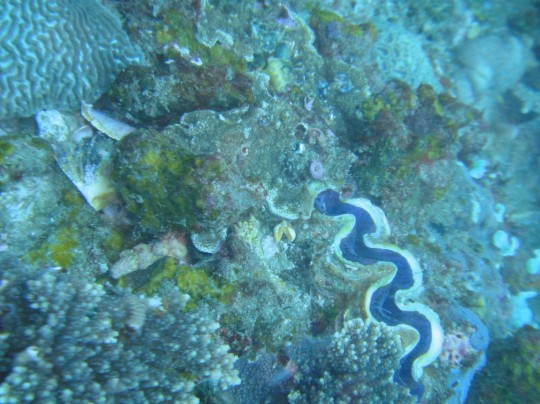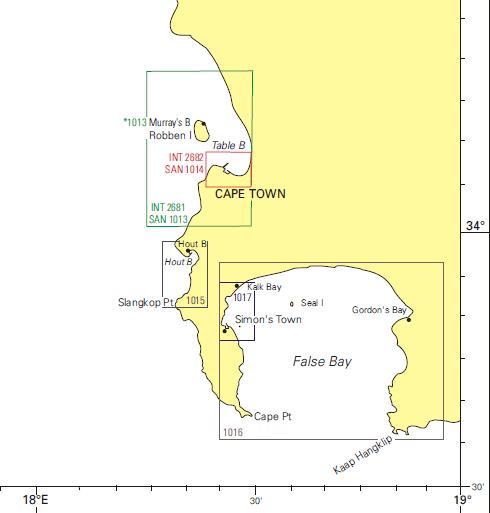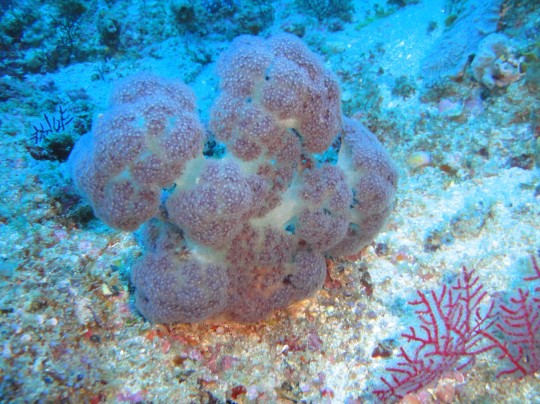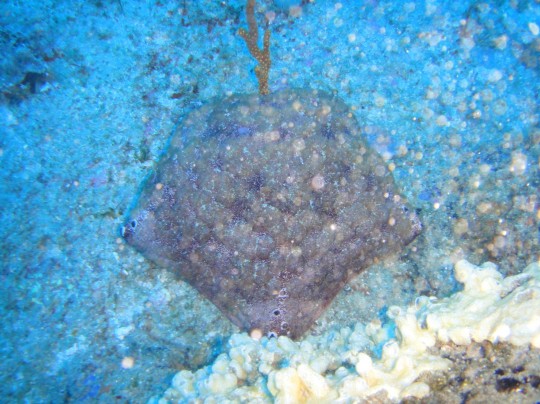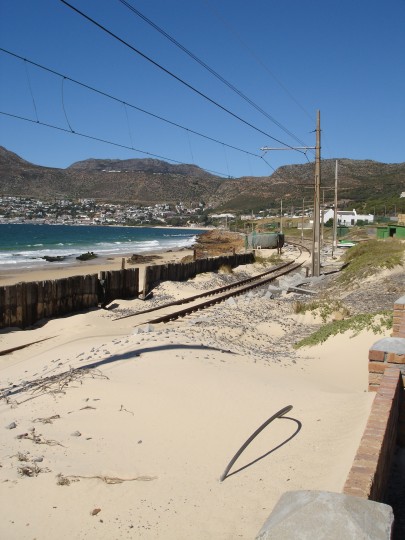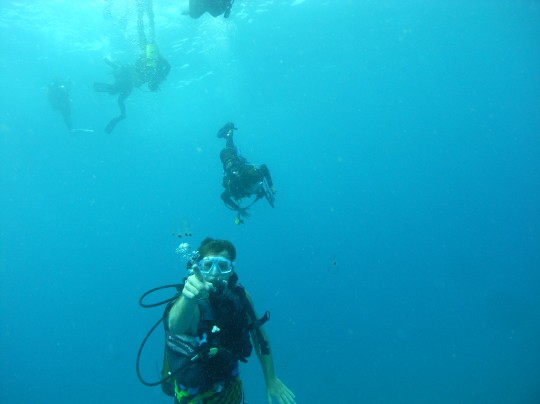Our last dive in Sodwana was at 0630 on the Sunday morning. It had to be early, and not too deep, to accommodate those who were flying home later in the day. By this stage of the weekend the sea had flattened out beautifully – we had had a couple of windless days and the swell had dropped. Duncan, our regular skipper, was not to be found on the beach (I think he overslept!) so we were taken through the waves by Joe to yet another site close to the launch site (what a pleasure for those of us who don’t particularly love long boat rides!). Joe dropped us at Two Buoy, and we drifted down Two Mile Reef ending up at Arches.

Two Buoy is the location at which we did our first dive in Sodwana, and the conditions were in marked contrast to that dive. It was far less surgy – there was a bit of current and slight surge, but we were able to swim around with ease. The surface conditions were also a thousand times better, so we didn’t have as much discomfort with equalising. On our earlier dive, the size of the swell meant that the water pressure above us was changing dramatically with each passing swell, and Sophie in particular was struggling with the pressure changes on her ears.

There was an astonishing proliferation of fish life as we moved away from Two Buoy, and I spent quite a lot of time at a cleaning station watching the cleaner wrasses darting in and out of the mouth of a barred rubberlips. That’s trust! There was so much activity that I didn’t know where to look.

We also saw a guinea fowl puffer fish and a male ember parrotfish sleeping (I guess… what do fish do?) under overhangs in the coral. The temptation to touch was almost overwhelming but I resisted! There were crowds of Moorish idols (Tony’s favourite fish), tobys, sea goldies and a multitude of parrot fish milling around, many taking shelter under the rock formations after which Arches is named.
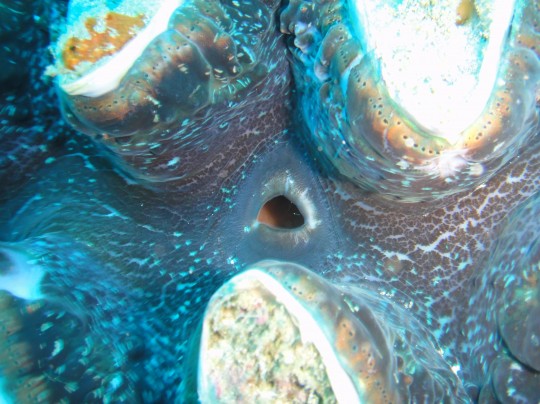
The visibility on this dive was the best we’d seen on the Sodwana trip, and, for many of us Cape divers, the best we’ve EVER seen anywhere. While I hung at the safety stop, I could see the reef spread out below me, and the bright strobe on Tony’s video camera as he explored further, determined to suck his cylinder dry before finishing his last dive here.

Dive date: 10 October 2010
Air temperature: 24 degrees
Water temperature: 22 degrees
Maximum depth: 15.9 metres
Visibility: 20 metres
Dive duration: 47 minutes











